Colombia St. Augustine small Farmer's selection Bean introduction Colombia Huilan introduction
For professional baristas, please follow the coffee workshop (Wechat official account cafe_style)
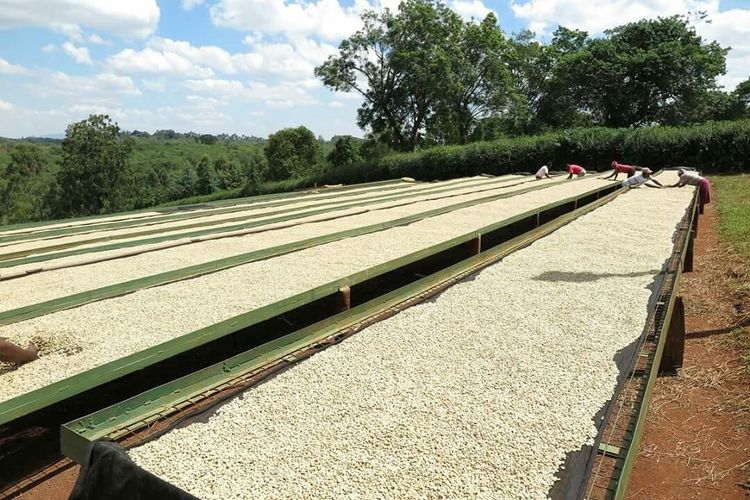
Colombia St. Augustine Peasant selection Bean
Colombia is currently the third largest coffee producer in the world, originally second only to Brazil, but in recent years Vietnamese coffee, which specializes in the production of Robusta stout beans, has surpassed Colombia's status.
Colombia first planted so-called commercial beans in the mid-1830s, and coffee beans accounted for the largest share of export crops in the 20th century. The local mountainous terrain, coupled with a variety of tropical microclimate, provided an ideal coffee growing environment. 75% of the total coffee bean production is sold abroad, making it the main source of foreign exchange earnings in Colombia. Traditionally ripe coffee cherries are treated with water. Over the past 15 years, the Coffee Research Center in Colombia has developed a system to protect the ecological environment, which requires little water to treat coffee. It can reduce water pollution by 90% and reduce water consumption by 95%. This treatment can not only effectively maintain the ecology, but also improve the quality of coffee. So farmers on small farms in Colombia sprinkle shelled coffee beans on the flat roof of their homes to dry in the sun. Colombia has a large temperature difference, and coffee can be grown and produced almost all the year round. The main harvest time is from October of each year to February of the following year, and November and December are harvest periods.
Huila Huilan province is located in western Colombia. Coffee grows on the slopes of the canyons between the eastern and western mountains, which has always been the big barn of good coffee in Colombia, of which the town of St. Augustine (San Augustin) has the best quality because of the Los Nalanjos River (Los Naranjos).
St. Augustine (San Agustin) is located in the southwest of Colombia and is a traditional good producing area. In recent years, Colombia attaches great importance to water resources and avoids the use of coffee beans as much as possible, which is similar to the honey treatment in Central America.
Coffee is exposed to the sun with a shell, during which the beans will be stirred from time to time, causing some shell peeling, and the shell will not be removed, polished and polished until it is shipped.
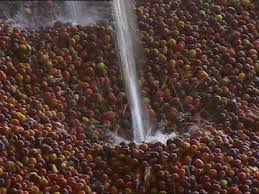
Property Characteristics: farm characteristics
Name of Farm Farm: San Agustin, Huila St. Augustine
Farmer Farm owner: Various small producers different kinds of small farmers
Region producing area: Hamlet of Nueva Zelanda, San Augustin Huila
Country countries: Colombia Colombia
Farm Size Farm area: 2.8Hectares ha
Altitude altitude: 1350-1900m
Certification certification: None none
Coffee Characteristics: coffee characteristics
Variety varieties: Caturra Kaddura, Typica tin card, Bourbon bourbon, Castillo
Processing System treatment: Fully washed and sun dried washing and drying in the grain drying field
Flowering period flowering period: September-October September to October
Harvest period harvest time: March-July March to July
Appearance appearance:. 16-18 mesh
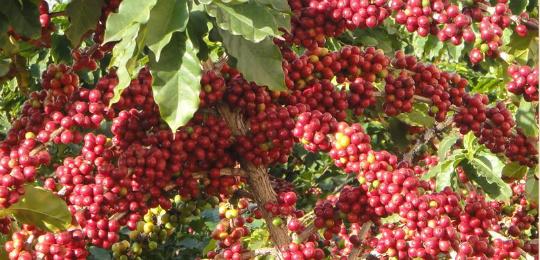
Grade level: Farm Specific MicroLot
Top Jury Descriptions judge's comment: the baking degree measured by the cup for 60 seconds at the beginning of the first explosion (Cinnamon)
Aroma aroma / flavor flavor: peanut, drupe, chocolate, caramel, pineapple, banana, pear, milk sugar, raisin, fig
Acid quality: plum, plum, orange, grapefruit, acid value is not fine and coarse
Complex complexity and other other: summer flowers, clean fruit, balanced taste, the finish is very sweet, belonging to the sweet taste of brown sugar
Cup test date: April 02, 2014
Dry aroma: 9
Wet aroma: 8
Clean: 8
Sweetness: 9
Acid quality: 8
Taste: 8
Flavor: 9
Yu Yun: 8
Balance: 9
Overall: 9
Cup test score: 85
St. Augustine's small farmers' selection of beans is mellow and full of brown sugar, but the acid is coarse and not meticulous, but this is the iron man style of Southern Columbia beans.
Important Notice :
前街咖啡 FrontStreet Coffee has moved to new addredd:
FrontStreet Coffee Address: 315,Donghua East Road,GuangZhou
Tel:020 38364473
- Prev
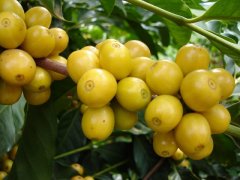
Minas Gillas Donna Farm, Brazil introduces the flavor of Brazilian coffee.
For the exchange of professional baristas, please pay attention to the coffee workshop (Wechat official account cafe_style). UTZ+RFA coffee was first introduced to Brazil in the early 18th century. In 1727, the Brazilian government sent a personable army officer to secretly bring coffee seeds from French Gaiana to Brazil on the ground of mediating border disputes. It is said that French Gaiana at that time
- Next
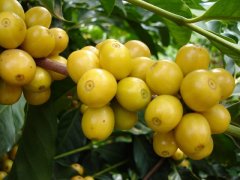
Colombia 2011 COE Champion Manor Spring Manor introduces Colombian coffee flavor
For the exchange of professional baristas, please follow the coffee workshop (Wechat official account cafe_style) Colombia 2011 COE Champion Manor Spring Manor Colombia is currently the third largest coffee producer in the world, after Brazil and Vietnam, growing commercial beans as early as the 1830s, until coffee accounted for the largest export crop in the 20th century, mountain terrain coupled with a variety of tropical microclimate
Related
- Does Rose Summer choose Blue, Green or Red? Detailed explanation of Rose Summer Coffee plots and Classification in Panamanian Jade Manor
- What is the difference between the origin, producing area, processing plant, cooperative and manor of coffee beans?
- How fine does the espresso powder fit? how to grind the espresso?
- Sca coffee roasting degree color card coffee roasting degree 8 roasting color values what do you mean?
- The practice of lattes: how to make lattes at home
- Introduction to Indonesian Fine Coffee beans-- Java Coffee producing area of Indonesian Arabica Coffee
- How much will the flavor of light and medium roasted rose summer be expressed? What baking level is rose summer suitable for?
- Introduction to the characteristics of washing, sun-drying or wet-planing coffee commonly used in Mantenin, Indonesia
- Price characteristics of Arabica Coffee Bean Starbucks introduction to Manning Coffee Bean Taste producing area Variety Manor
- What is the authentic Yega flavor? What are the flavor characteristics of the really excellent Yejasuffi coffee beans?

